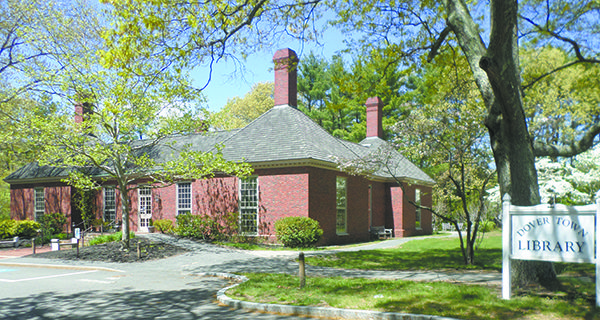By Amelia Tarallo
Hometown Weekly Staff
Over the last year, the number of hate crimes, acts of violence, and uses of threatening rhetoric against Asian Americans and Pacific Islanders (AAPI) has increased significantly. Unfortunately, racism is nothing new for Asian-Americans, who have witnessed systematic oppression in this country for decades. On Thursday, May 13, patrons were invited to join the Dover Town Library (DTL) on Zoom to learn about the history of anti-Asian prejudice in the United States, and how it has affected the lives of those living both here and abroad.
Aimee Davidson, a racial justice program coordinator from YWCA Rhode Island, began her presentation with three core questions for the audience to keep in mind. The first being who is Asian and why is that a question? The second being what does it mean to be Asian in the US through the years? The final question, perhaps the most relevant in current events, was what does “stop Asian hate” mean in the US now?
Davidson’s presentation pointed out some of the significant changes in laws within the United States that helped pull racism into the central framework of the country. All of this started with three racial categories, which did not include "Asian" as a race. It wasn’t until recently that new categories encompassing Asians living in America appeared. “In the mid-1990s, the official primary race groups went from four to five,” explained Davidson. “Race and ethnicity matter throughout the United States history of policy and law, including now.”
Life for Asian-Americans was fraught in the 20th century. Multiple cases saw thousands of once-American citizens losing their citizenship and property because they possessed qualities deemed un-American. In her presentation, Davidson focused on the case of Bhagat Singh Thind. Thind immigrated from India in 1913. In 1918, he joined the United States Army to fight in World War I, where he served as a ranking member the military.
Due to categorization laws at the time, Indians were considered caucasian, and thus had a pathway to citizenship. Thind applied for citizenship and received it in 1918. Just days later, it was revoked due to his nationality on immigration documents listed as "Hindu." A year later, Thind applied again. This time, the Bureau of Naturalization attempted to nullify his application due to his participation in an Indian political party. The judge disagreed, awarding him American citizenship a second time. Soon after, Thind faced a Supreme Court appeal that would again revoke his citizenship, this time due to categorization decided by the court. Thind and other American-Indians had their citizenship revoked, all as a result of changing categorization rules.
Perhaps the most well-known case of systemic Asian-American prejudice came during World War II. During the war, the United States government launched a series of racial propaganda pieces that promoted the stance that Japan was our enemy. The United States was at war with Japan, of course, but they were not fighting against Asian-Americans who suffered as a result.
Davidson's presentation included some of the racial profiling used in the propaganda. The most effective and infamous piece of legislation, however, was Executive Order 9066, which sent Japanese Americans to internment camps. 127,000 people of Japanese ancestry lived in the United States at the time. Of that number, 62 percent were American citizens. "Our records show that 110,000 to 120,000 of them were interned during this four-year period," explained Davidson. "That's about 94 percent." These citizens lost property and were forced to relocate into camps, despite being completely innocent. Today, Japanese-Americans still remember family members who spent years in internment, simply because their ancestors came from another country.
There's a long way to go in our nation's battle against ethnic prejudice. A look back at our country's past tells us Asian-American racism has been festering here for years. A look at the present, meanwhile, shows a disheartening rise in AAPI hate incidents.
Simply acknowledging those facts, though, as participants at Aimee Davidson's presentation did last week, is an important part of the battle.




















